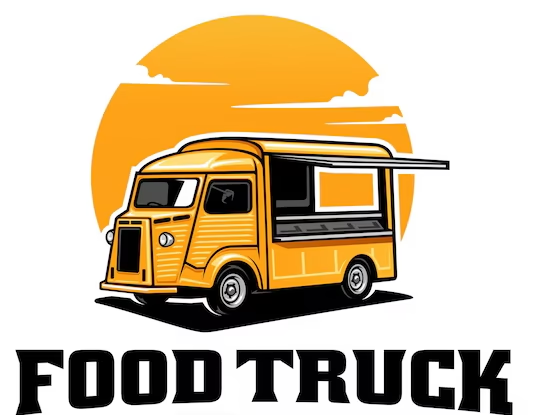Food Trailer Plumbing: Essential Tips for a Smooth Operation
Running a food trailer ishttp://yourdesignedfoodtrailer.shop an exciting venture, but behind the delicious meals and happy customers, there’s an intricate running—plumbing! A well-designed plumbing setup ensures cleanliness, efficiency, and compliance with health regulations. Whether you’re setting up your food trailer for the first time or looking to improve your current setup, here’s what you need to know about food trailer plumbing.
1. Understanding Food Trailer Plumbing Basics
Unlike brick-and-mortar kitchens, food trailers require mobile plumbing solutions. Here are the core components:
- Freshwater tank – Storeshttp://commercialtrucktrader.com clean water for washing, cooking, and drinking.
- Gray water tank – Collects wastewater from sinks and dishwashing.
- Hot water heater – Provides warm water for sanitation needs.
- Sink system – Typically includes handwashing, prep, and dishwashing sinks.
Many health departments mandate food trailers have a three-compartment sink for dishwashing plus a separate handwashing sink.
2. Choosing the Right Plumbing Setup
Food trailer plumbing should be practical, easy to maintain, and meet health standards. Some key considerations include:
- Tank Size: Choose a freshhttp://ebay.com water tank large enough to meet daily needs. A 30-gallon tank is a common choice.
- Material Matters: Use food-grade plumbing hoses and fixtures to prevent contamination.
- Pump Power: An electric water pump ensures steady water flow for washing and cooking.
3. Installing Your Plumbing System
Whether hiring a professional or going the DIY route, here are important steps:
- Plan the Layout – Positionhttp://usedvending.com the tanks, water heater, and sink system efficiently to save space.
- Secure Pipes Properly – Use clamps and brackets to prevent movement while driving.
- Ensure Proper Drainage – Gray water tanks should have accessible drains for disposal.
4. Maintaining Your Food Trailer’s Plumbing
- Regular Cleaning: Sanitize waterhttp://craigslist.org tanks and flush pipes to prevent buildup and bacteria.
- Check for Leaks: Inspect hoses, pipes, and connections frequently to avoid costly repairs.
- Winterizing (If Applicable): In cold climates, prevent frozen pipes by draining water tanks before storage.
5. Meeting Health and Safety Regulations
Food trailer plumbing must comply http://facebook.com/marketplacewith local health department regulations. Be sure to:
- Use NSF-certified plumbing equipment.
- Install backflow prevention to keep contaminated water from mixing with clean water.
- Keep detailed maintenance records to prove compliance.
Final Thoughts
A reliable plumbing system is the http://bing.combackbone of any food trailer. By selecting quality equipment, following health regulations, and staying on top of maintenance, you ensure smooth operations and a safe environment for both customers and staff.

